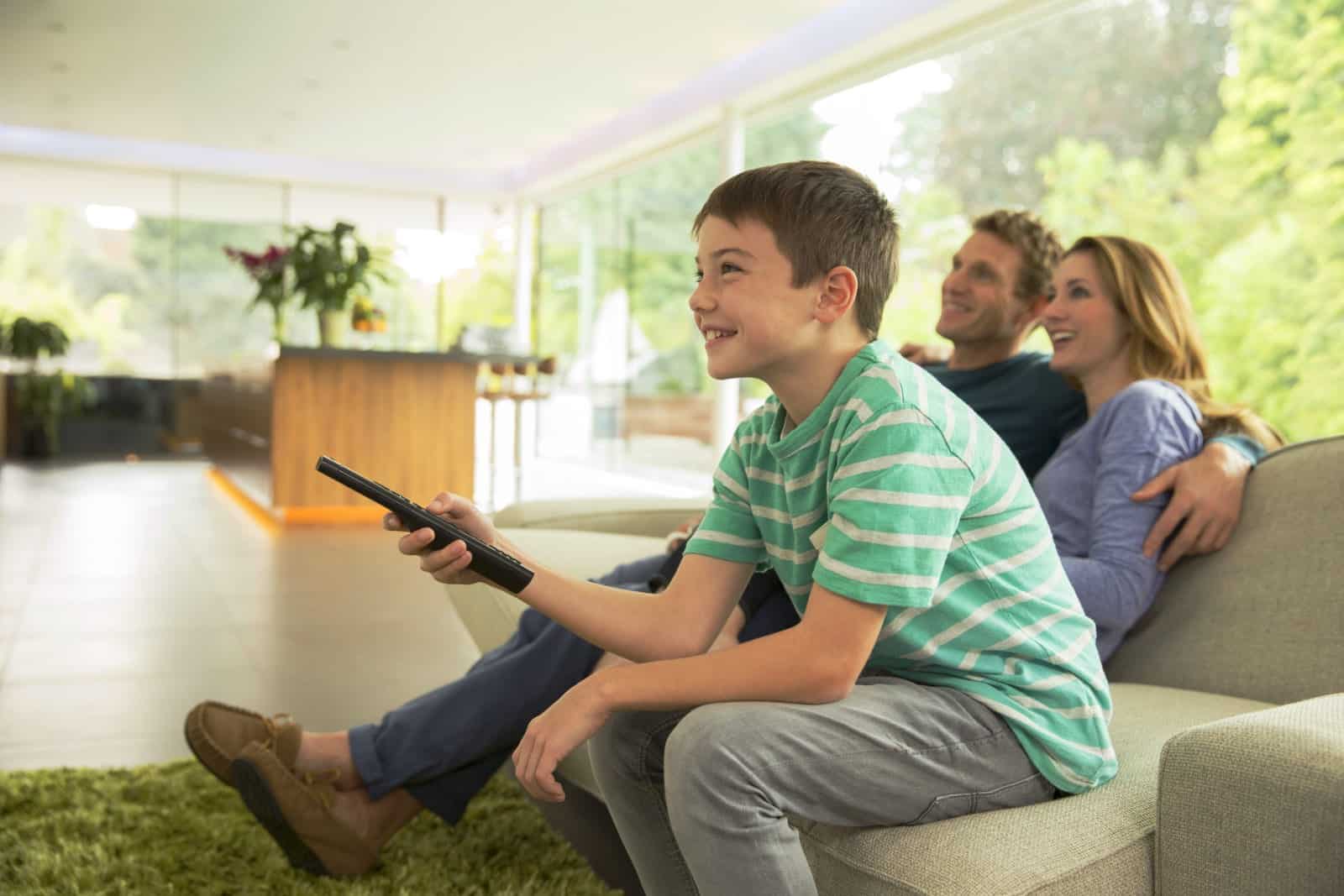Young children are exposed to screen time and digital media throughout the day and both parents and nannies may worry about screen time. Tablets and phones are used as sources of babysitting, entertainment, and for educational purposes. Screens are so common that toddlers who are calmed by a tablet or other screen are called “techno-tots” (Deal, 2017). Some infants and toddlers can navigate tablets and smartphones by tapping and swiping before they can walk or talk.
Screen time and its impact on child development is an important topic for those working with and raising young children. As challenging as it is, adults are responsible for monitoring and guiding children’s screen time. Research clearly shows that children mimic the behaviors of adults. When adults spend a significant amount of time on screens, it is not surprising that children are interested in screens and seek electronic devices.
The American Academy of Pediatrics has published screen time recommendations.
They advise that children under the age of 18 months should not have any access to media. When children are ages 18-24 months, media and screen time should be limited to high-quality, educational programming and it’s recommended that parents co-view the content with the children. Children between two and five years old should have an hour or less screen time per day with a focus on high quality, educational programming. Developing a “healthy media diet” is recommended by the American Academy of Pediatrics (2016). Children who use media without limits or guidelines are generally less physically active and screen time use can impact emotional, mental and social development.
One danger of screen time is the impact it can have on relationships, including the parent/child relationship, and a child’s ability to self-regulation of their emotions. When parents and caregivers spend time talking, reading, and playing with a child, they are helping the child learn how to socially interact with other people. Children who spend time looking at a screen may not adequately develop strong, relationships and social skills. As children develop, they need to learn self-regulation skills to manage their behavior and calm themselves. When a screen is used as a calming method, children may not learn how to self-regulate or manage their actions during times of boredom or over-excitement.
Screen time can also impact physical health (including sleep and exercise) as well as social and academic development. Studies have shown that blue light, which is emitted by screens, changes the body’s natural sleep cycle, making it hard to fall asleep. For children, blue lighting could impact nap time as well as overnight sleep. Young children are growing rapidly, and an adequate amount of sleep is important for their development. Equally important is exercise and creative play which is often reduced with increased use of screens and media. Reduced physical activity can lead to unhealthy weight gain. Engaging in media can also distract children from creative play. Unstructured play allows children the opportunity to develop problem solving, movement, listening, and social skills while allowing children to learn more about their unique interests.
Studies continue to assess the impact of screen time on academic performance and the overall development of children. “Devices may replace the hands-on activities important for the development of sensorimotor and visual-moto skills, which are important for the learning and application of math and science,” shares Jenny Radesky, MD and Clinical Instructor in Development-Behavioral Pediatrics at Boston University (Washel, 2017). Children need to experience activities that foster problem solving, exploration, creative thinking, and experimentation (Lerner, Barr, 2015).
As technology advances, parents need to review the guidelines recommended by the American Academy of Pediatrics and take steps to implement a media plan that fits their family. With adults tied to their smartphones, Alexa, and other electronics, it’s not realistic that children will be free from these devices; however, it is important to teach children to manage their device use. The first step is for parents and caregivers to decide on a media plan and work together to track and enforce limits.
As screen time is reduced, a gap is created and here are a few tips to help parents navigate and guide children.
Ideally, the additional time would be filled with family time doing activities together such as reading, cooking, going to the park, attending story time at the library, or playing games. During meal times, take a moment to turn off the television and instead of watching a show, use the time for conversation, turn-taking, or storytelling (Deal, 2017). When the screen turns off, it’s a great time to turn on some music. Take a moment to dance or let the children play with music in the background. Importantly, parents should reduce their screen time as a role model for their children (May Clinic, 2016).
Parents and caregivers play an important role in helping children develop socially in a society that is increasingly engaged in media. The American Academy of Pediatrics developed guidelines to help families navigate this new dimension in society. Although the impact of screen time is relatively new and the consequences are still being studied, parental monitoring of screen time and content can positively increase the development of young children. Nannies interested in learning more about child development activities and how to minimize screen time can enroll in a nanny certification program at the US Nanny Institute.
References
- Deal, C. 11 Dangers of Screen Time, 24 February 2017, lessonandlearningforlittles.com.
- Lerner, C. and Barr, R. Screen Sense: Setting the Record Straight – Research-Based Guidelines for Screen Use for Children Under 3 Years Old, Zero to Three, 35 (N4), 1-10. March 2015.
- New Recommendations for Media Use, 31 January 2020. americanacademcyofpediatrics.com.
- Screen Time and Children-How to Guide Your Child, 18 November 2016. Mayo Clinic Newsletter.
- Washel, E. 10 Reasons Why You Shouldn’t Give a Child a Smartphone or Tablet, September 2017. littlethings.com


Recent Comments